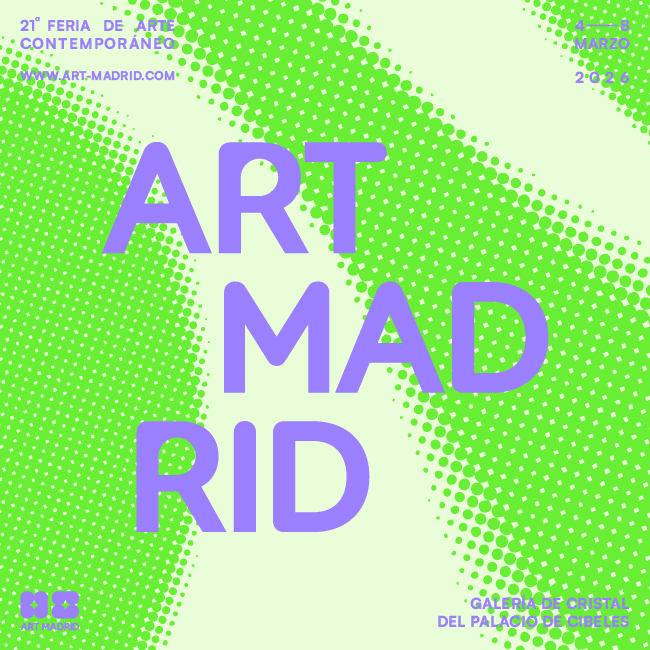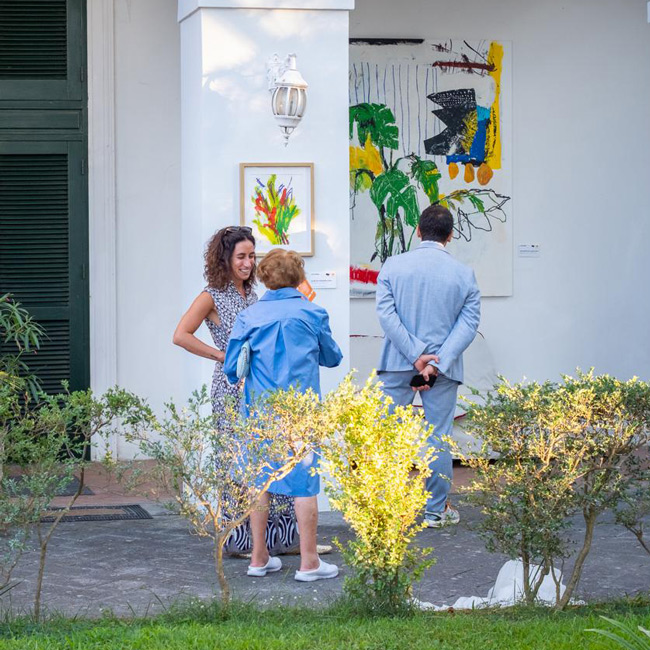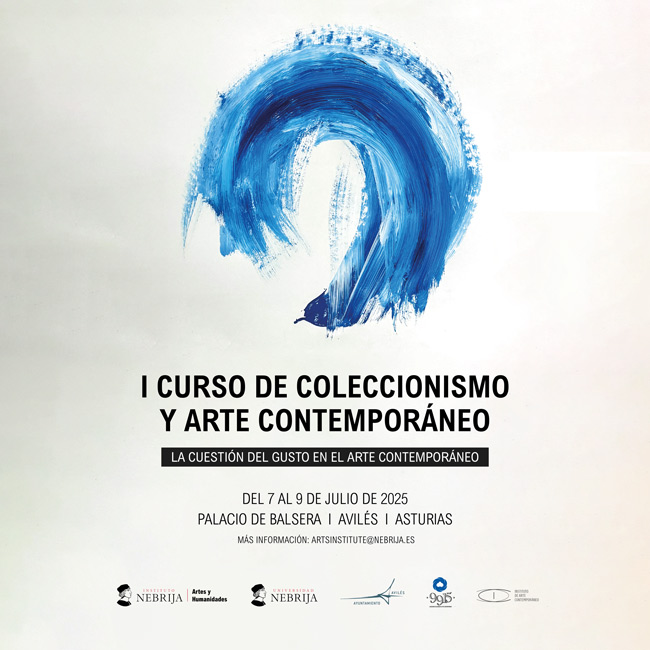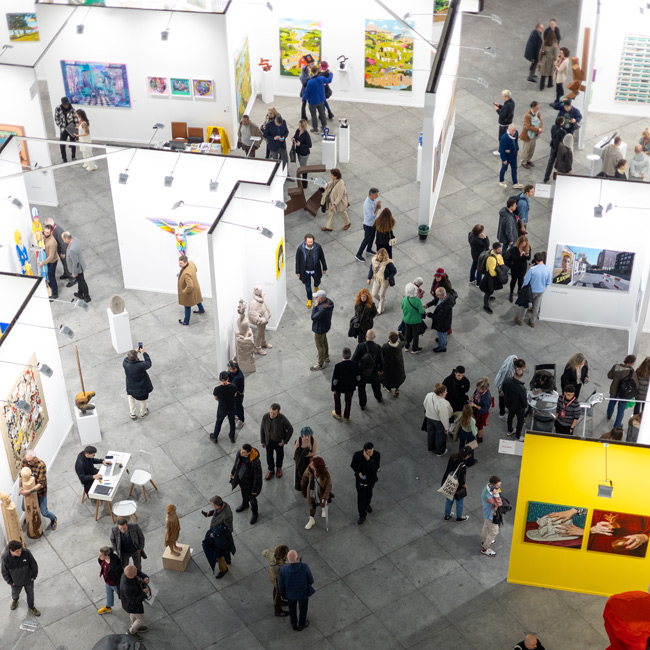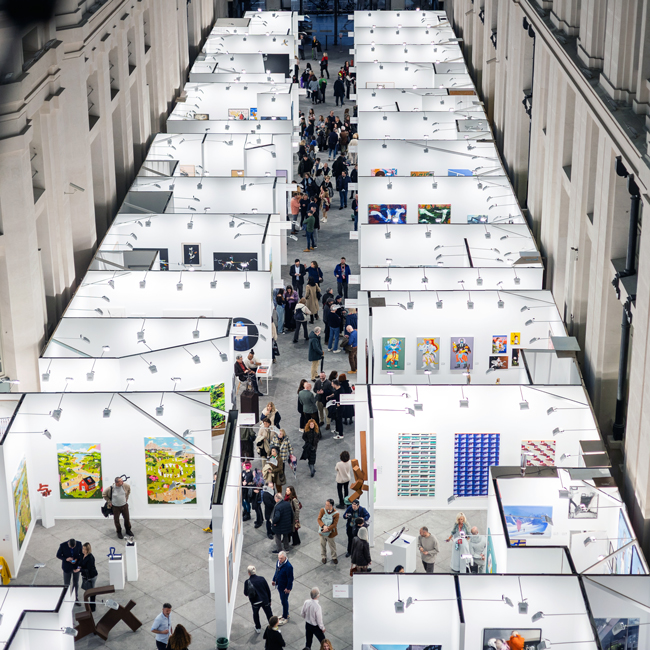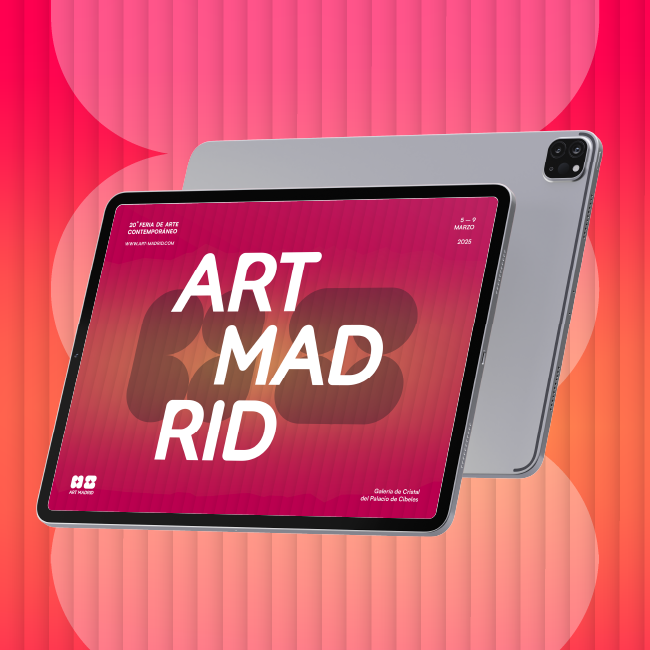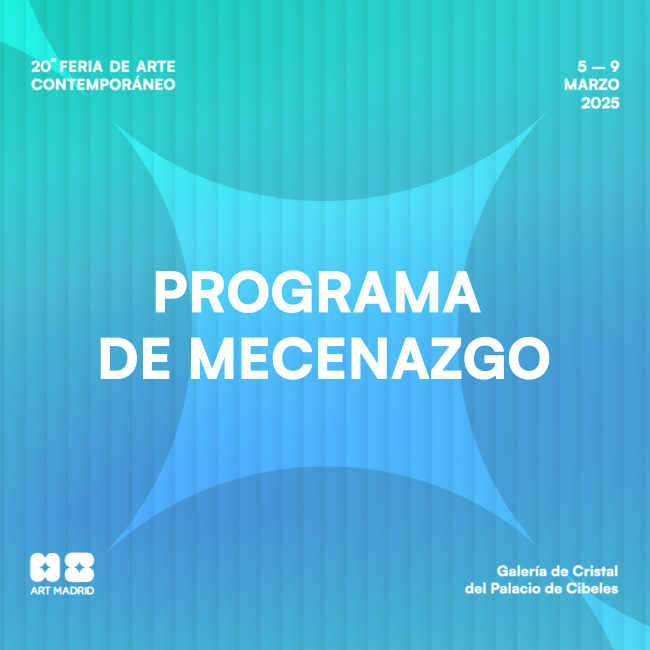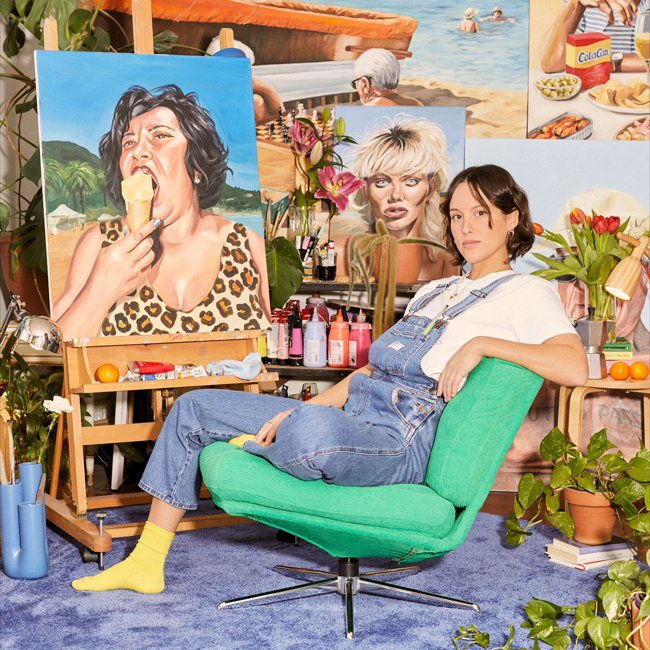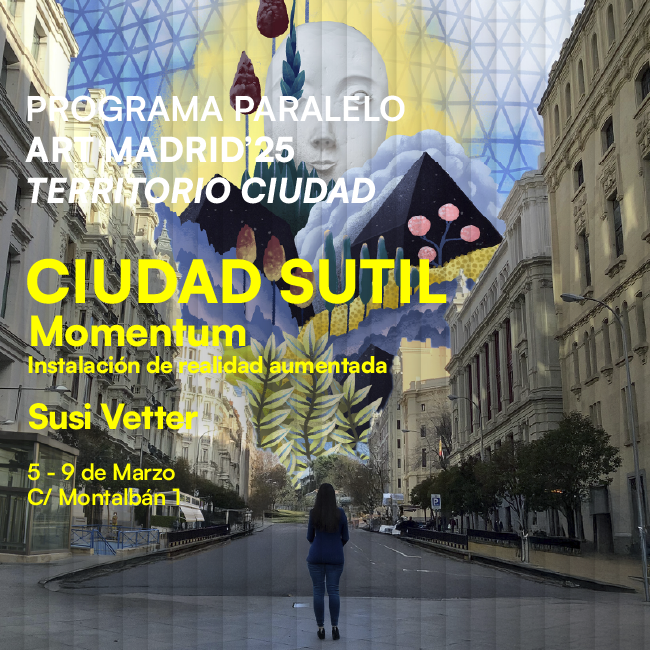SELECTION COMMITTEE OF ART MADRID 2020
Jul 4, 2019
art madrid
As every year, the Selection Committee of Art Madrid is in charge of assessing the applications of the galleries interested in participating in the general program of the fair. The team consists of renowned professionals in the contemporary art sector with a variety of profiles that reflects the diversity of the current cultural fabric. From curators, to critics, to representatives of the galleries, the purpose is to analyse the content of the proposals and select those that offer, for the whole fair, the most innovative, solvent and highest artistic quality in a process that takes into account, not only the career of the galleries and their professional performance, but also the coherence of the exhibition program for the fair, the career of the artists presented, or their consideration into the national and international creative panorama.

The permanent work of Art Madrid has made it possible to improve its exhibition proposal in recent years. As Alfonso de la Torre noted with respect to the previous edition, the fair is characterised "by a notorious rigour of the selection of galleries and proposals (...). Innovative proposals and rigour, without excluding emotion, why not, have proved to be the support of the ideas of a renewed ART MADRID ".
In 2020 Art Madrid once again will count on the always accurate criteria of Ángel Samblancat, Alfonso de la Torre, Carlos Delgado Mayordomo and Javier López. Aurora Vigil-Escalera and Fernando Gómez de la Cuesta join this year the Committee.

Aurora Vigil-Escalera is the director of the homonymous gallery located in Gijón and has a very extensive career as a professional initiated within the family, because her father had founded and directed the Van Dyck gallery in which she began her career as a partner in 1984. This permanent connection with contemporary art has led the work of Aurora Vigil-Escalera, focused mainly on painting, sculpture and photography, who not only maintains regular programming in her space of Gijón, but has also focused on projecting work of its artists beyond our borders. This provides her with an exhaustive knowledge of contemporary reality in the global context and an accurate criterion to identify trends and support young talents from the beginning of their career.

Fernando Gómez de la Cuesta joins the Art Madrid project as curator of the One Project section, and will also contribute his experience and knowledge in the selection process for 2020. Fernando is an independent curator and critic with a long career. He has developed his professional profile in different contexts linked to contemporary art, both in the institutional field and the art market, and has extensive experience in working with artists. The direction of the PalmaPhoto photography festival, and the curating of CRIdA (residence of artists of the City Council of Palma), the I Festival of Contemporary Art of Saltillo-Mexico, and the MARTE Contemporary Art Fair are among his latest experiences. It also outstands his work as a teacher, speaker and coordinator of several training programs, workshops, conferences and seminars, mainly linked to universities, museums and contemporary art centres.

Alfonso de la Torre is a theoretician and art critic, specialising in contemporary Spanish art. He has curated numerous exhibitions, in addition to published essays and poetry and taught courses in centres such as the Reina Sofía Museum, the Teruel Museum, the University of the Andes, the University of Córdoba, the University of Granada, the University of Castilla-La Mancha or the Université de La Sorbonne. In his extensive experience, he has been the author of reasoned catalogues of artists such as Millares, the group "El Paso", Manuel Rivera and Palazuelo. From 2005 he curates an annual program of artistic interventions in the public space ("Ámbito Cultural-El Corte Inglés") during ARCOmadrid, with the collaboration of the regional government and the city hall of Madrid. He has coordinated one of the most complete studies on the birth and evolution of the art market in Spain from the postwar period to the present ("La España del Siglo XXI" (Sistema Foundation). In addition to directing the collection of photographic essays "El ojo que ves"(University of Córdoba-La Fábrica), he is Vice-president of the Pilar Citoler Foundation and responsible for the conservation of her Collection.

Carlos Delgado Mayordomo is a curator of contemporary art, as well as a critic and professor. His vertiginous career has developed mainly in the field of institutional curatorship in Spain and Latin America, where he has worked with numerous museums and cultural centres. He is currently art critic at ABC Cultural, professor of the Master in Art Market of the Nebrija University and responsible for exhibitions of the Department of Culture of the City of Las Rozas of Madrid. He has coordinated exhibition projects at the Fundación Fondo Internacional de las Artes / FIArt, the Cidade da Cultura Foundation of Santiago de Compostela, Tabacalera Promoción del Arte, DA2 Salamanca Art Centre and the Tomás y Valiente Art Centre, among many others. Also, his work as a critic and theoretician has led to numerous research articles in specialised journals and publications in collective books. Between 2014 and 2018 he joined as a curator of the One Project section of Art Madrid, and since then he has been part of the Selection Committee of the fair.

Ángel Samblancat has an extensive career devoted entirely to contemporary art. Besides his work at the head of the Editorial and Gallery of Art Polígrafa Obra Gráfica of Barcelona for more than forty years, he was also assistant to the director of the Joan Prats Gallery (Barcelona) since its foundation. The experience of Ángel in technical and selection committees is extensive. He was member of the Jury for the Graphic Work Triennial of Grenchen (Switzerland) and was part of the selection committees of international fairs of high prestige such as Art Chicago (Illinois), Art Miami (Florida), Art Los Angeles (California), ARCO (Madrid), Art Cologne (Germany), Art Basel (Switzerland), ArtBo-Bogotá (Colombia) and Art Basel / Miami Beach (Florida). He has also developed as a critic and consultant in large art collections.

Javier López Vélez is the director of 3 Punts Art Gallery, based in Barcelona. He is an expert in Technical Drawing of Projects and has studied Sociology. Throughout his career, he has worked as an independent curator in several institutional exhibitions in Barcelona, Hospitalet and Andorra. Under his direction, the gallery maintains a complete program of exhibitions that includes between seven and eight individual shows a year, with a clear evolution towards the new artistic languages. In addition, the Gallery 3 Punts has made a strong commitment to gain international presence and help consolidate the career of national artists beyond our borders through participation in fairs such as Kunstrai Amsterdam, Context Miami, Context Art New York or Art Stage Singapore, among many others, a work to which they have been faithful for more than two decades.

